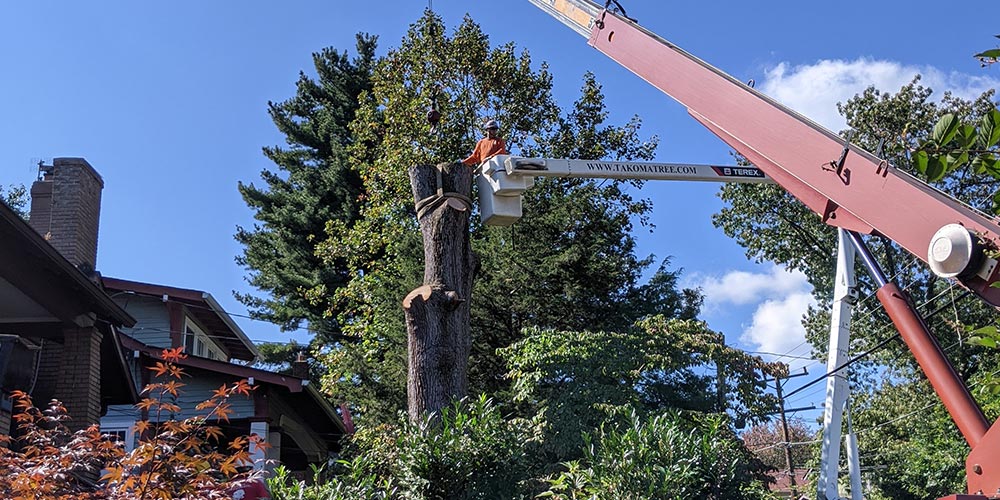
How to Protect Your Trees from Heat Stress
December 20, 2022
Every year, homeowners spend energy, time, and money to maintain and develop a beautiful landscape around homes. Most of the time, it involves caring for different trees while they contribute to something other than just curb appeal. All trees add quality to any environment and give important benefits to your property like fruit, shade, and nuts, and they protect you from the wind. But while seasons are changing, you should remember that trees also need a little help from humans so they can stay healthy through the extreme weather.
Before thinking of trying to find an arborist, you should also do your part in making sure your trees do not suffer from heat stress. You should read more about it now.
Mulching
Mulch layering around the base of trees is helpful when it comes to retaining moisture. This is important for young trees with root systems that are still near the surface. You should spread mulch in a two to three-foot-diameter circle around each tree. You can leave a space between the bark and mulch of a tree; and this prevents moisture buildup and rotting while keeping insects attracted by the mulch, keeping it away from the tree. Ideally, the mulch needs to be about two inches deep. Before laying the mulch, you must water the tree and continue to do so throughout the summer.
Water Trees Properly
The nicest thing that you can do for trees is to ensure that they are getting enough water. You should water trees deeply by using drip irrigation, a soaker hose, or by using a garden hose on low pressure. You should not use sprinklers because they do not get the water deep enough into the soil where you find tree roots.
Consistent Watering
The tree species and age of trees are all factors of water scheduling.
Young trees require daily watering; others might only need to be watered once a week.
You should take climate conditions into consideration. If there is a heat wave in your area, and you require more water, your trees also need more water.
If it is the rainy season, you need to cut back on watering.
Remove Dead, Broken or Diseased Branches
Even if summer is not a great time to do major tree pruning, you should remove dying or dead branches. This is helpful when it comes to preventing infestation caused by wood-boring insects that can cause more stress on trees.
Fertilizer
By using fertilizer, you are adding important soil nutrients and better soil for healthier tree growth. As you might expect, healthy trees can survive the summer heat and drought better compared to those that do not have important nutrients. Being aware of when you need to add fertilizer and the kind of fertilizer to use requires some research and practice, but you can become an expert as well.
Based on the age and kind of tree you are taking care of, you might have to vary the nutritional balance of each fertilizer you choose and the frequency of when it is applied. For instance, a tree that is thriving in acidic soil requires a fertilizer with the right combination of nutrients.
You need to avoid fertilizing the older fruit-bearing trees too much because it can affect the harvest. In addition, some trees are going to benefit most from regular applications.
Be Aware of Any Tree Changes
You should keep an on trees if they are showing signs of heat damage or stress. When temperatures start to cool, the leaves are going to perk up.
You can contact tree cutting services Kensington anytime if you need tree pruning before summer.
